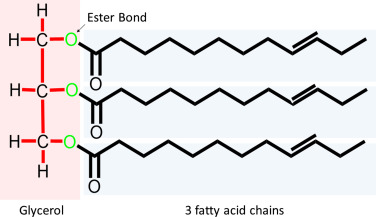Fat Burning: Lipolysis vs. Beta Oxidation
Jun 13, 2022Edited by: Danielle Abel
Fat Burning Explained
When fat is broken down for energy, it is oxidized using 2 different metabolic pathways, lipolysis & beta-oxidation
This fat oxidation can come directly from food digested through the gastrointestinal tract and released into the bloodstream, or it can be broken down from fatty acids stored inside adipocytes (fat cells).
Either way, both types of breakdown result in the formation of a triglyceride molecule, a molecule with a three-carbon glycerol backbone & 3 fatty acid chains that are also made up of carbon.

Lipolysis
Involves splitting the triglyceride molecule apart by splitting the glycerol backbone away from the fatty acids chains, to make 3 free fatty acids.
The enzyme lipase cleaves (separates) the glycerol away from the fatty acids.
Beta Oxidation
Once the fatty acids are free, coenzyme-A comes along and attaches to the end of the fatty acid chain (at the site of the alpha & beta carbon) and begins splitting the fatty acid chain apart into multiple smaller carbon chains called acetyl-CoA.
A great analogy to think of is a sushi roll and being cut into smaller bite-size chunks!
The acetyl-CoA can then enter the Kreb’s cycle to be utilized in energy metabolism.
The free glycerol can then become glucose through the process of gluconeogenesis (the formation of new glucose).
In summary, these two pathways are where fat is “burned.”
Want access to more educational information & resources from the Movement System? Be sure to subscribe to our newsletter below for updates, exclusive content, and new offers.
Stay connected with news and updates!
Join our mailing list to receive the latest news and updates from our team.
Don't worry, your information will not be shared.
We hate SPAM. We will never sell your information, for any reason.

